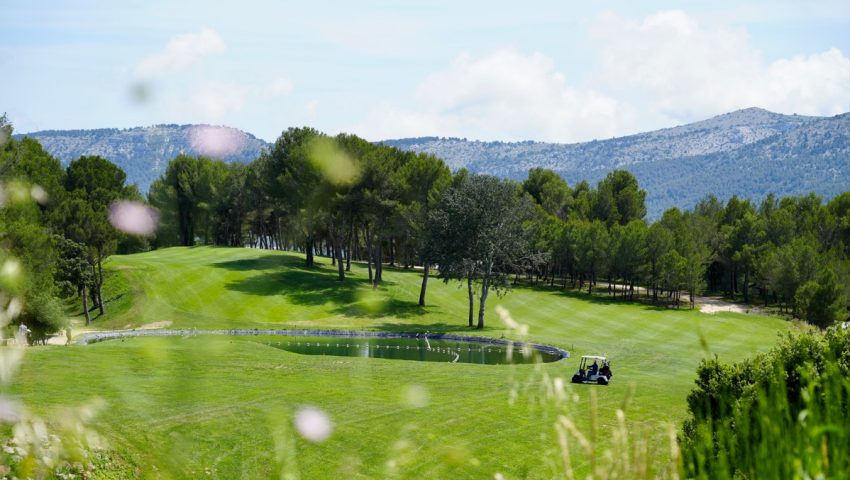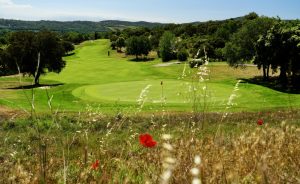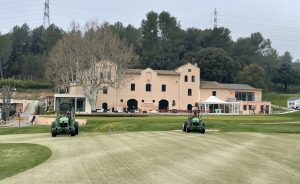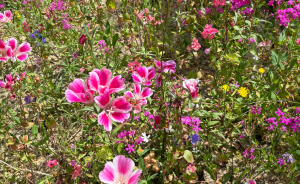As guardians of a unique terrestrial, maritime and peri-urban ecosystem, located in the immediate vicinity of the Parc National des Calanques and in a densely populated urban area, the grounds team works hard every day to preserve the island of greenery that provides refuge and shelter for numerous species, while offering optimal playing conditions.
The team of young, motivated gardeners works hard every day to offer you the best possible golfing experience.
With the experience and know-how of our team, working hand in hand with the golf course management, a change in working technique has been underway for several years. A method favoring sustainable development, mechanical work and adaptation to climatic conditions, and eco-responsible management.
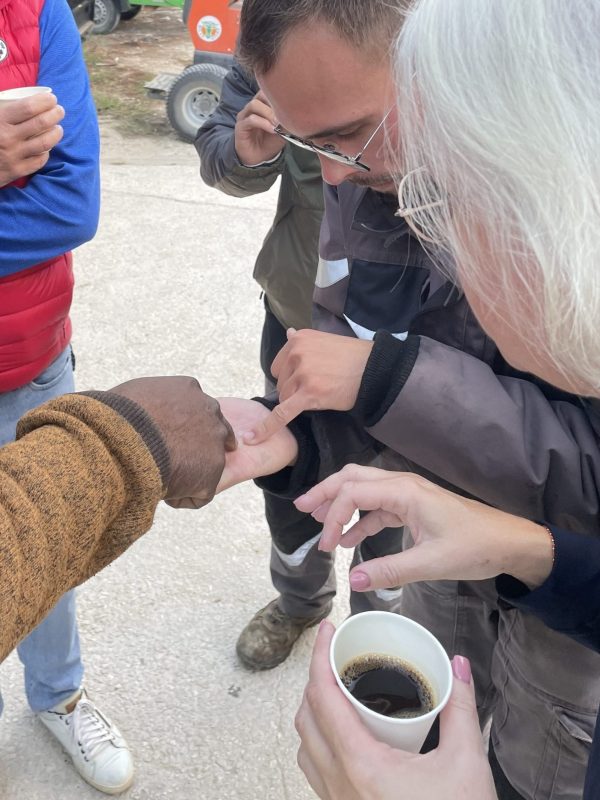
The program for this first meeting, on Tuesday October 10, 2023, includes a unique and exclusive breakfast behind the scenes of the technical workshop.
Exchanges, discussions and discoveries on a wide range of subjects: biodiversity, course maintenance, a demonstration and explanation of the machines, the subject of ecology and resource management.
An exclusive interview with the members of the team who work every day to offer you the best possible playing field.
On this occasion, golfers and non-golfers alike were able to learn more about a number of topics and discover some well-kept secrets about course maintenance.
The team gave many explanations of the particular care and attention he pays to the choice of grasses. Depending on sunshine, ventilation, soil and trampling, the grass or grass mix chosen may not be the same. This may require certain periods of testing, sometimes successful as on the right-hand side of the fairway on 10, and other times several phases of testing before finding the most suitable grass. Nature is not an exact science and requires total adaptation.
Questions concerning the treatment of diseases, in particular the particularly virulent “Dollar Spot”, were discussed and clarified, as were the price, delivery and size of the grasses used. The different plant varieties, the flora inversion project launched, the particularity of the historic terrain built up with numerous endemic and non-endemic varieties – these were all subjects discussed at the heart of the action, in the team’s workshops. A real moment of sharing between learning and information; the correlation between the experience of golfers on the course and the more discreet side of its upkeep carried out by the grounds team.
Seated among the machines in the workshop, everyone was able to ask questions, exchange ideas and share their experiences. Do you know how many machines are used to maintain the course, and how many men make up our team? A participative exchange for an open and meaningful discussion.
The presentation of the greens and fairways probe elicited many reactions. Our team began by talking about the readings taken to study the moisture levels in the areas, and everyone was able to learn more about the important relationship established between moisture levels, watering and rolling speed on the greens.
The exact explanation of what is currently happening on the closed putting green.
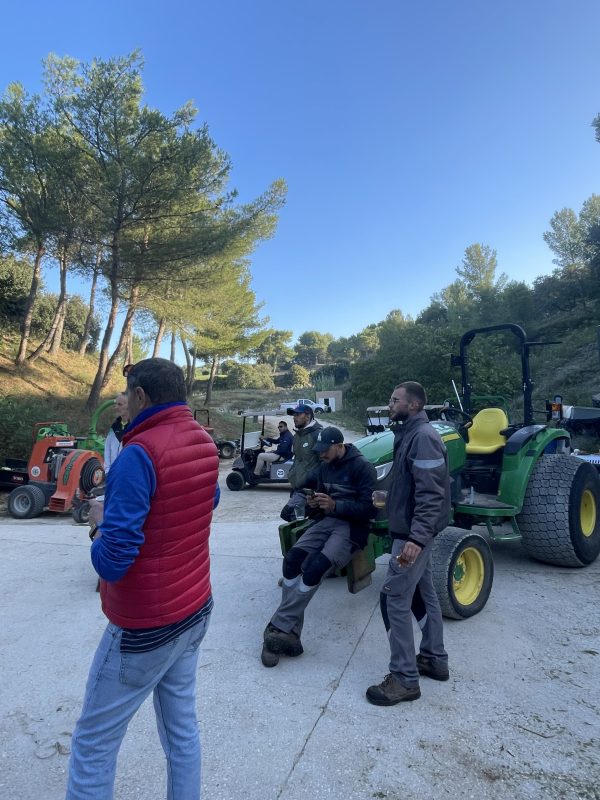
The subject of water resources, their supply, use, scarcity, treatment in the ground, and the controls and obligations we fulfil, was of course addressed. Such as: Do we use drinking water? Do we have to treat it before discharge? How does the pumping station work? How many sprinklers do we have on the course?
Over coffee and croissants, discussion continued on water control, PH, and the future of ferti-irrigation.
After an update on sand and bunker management, this first breakfast ended with a presentation of the gardeners, their course and their aspirations, the ideal opportunity to get to know those who work every day to deliver the best possible work for the quality of the course on which you play.
This event will be held again, and will remain open to all, golfers and non-golfers, young and old, because “Protecting our environment starts with knowing it”.

